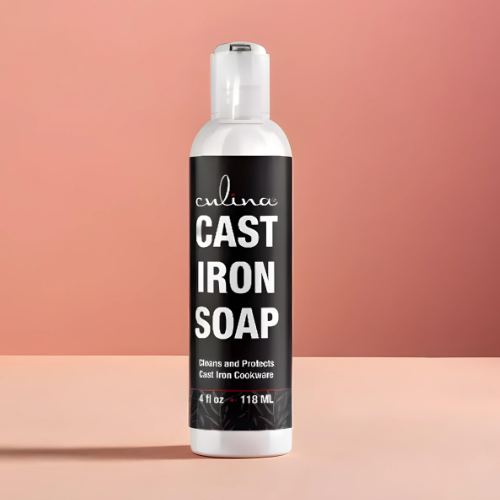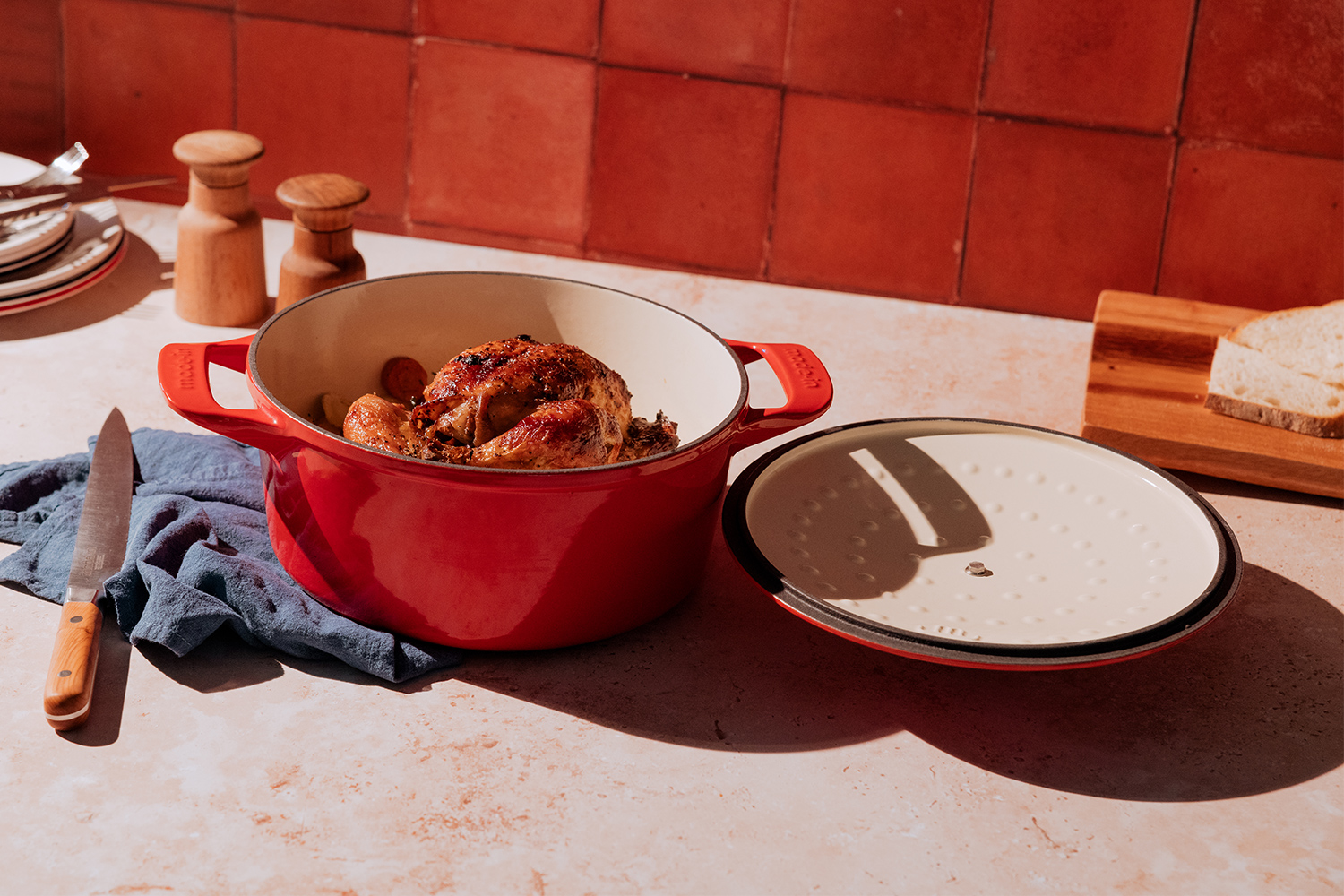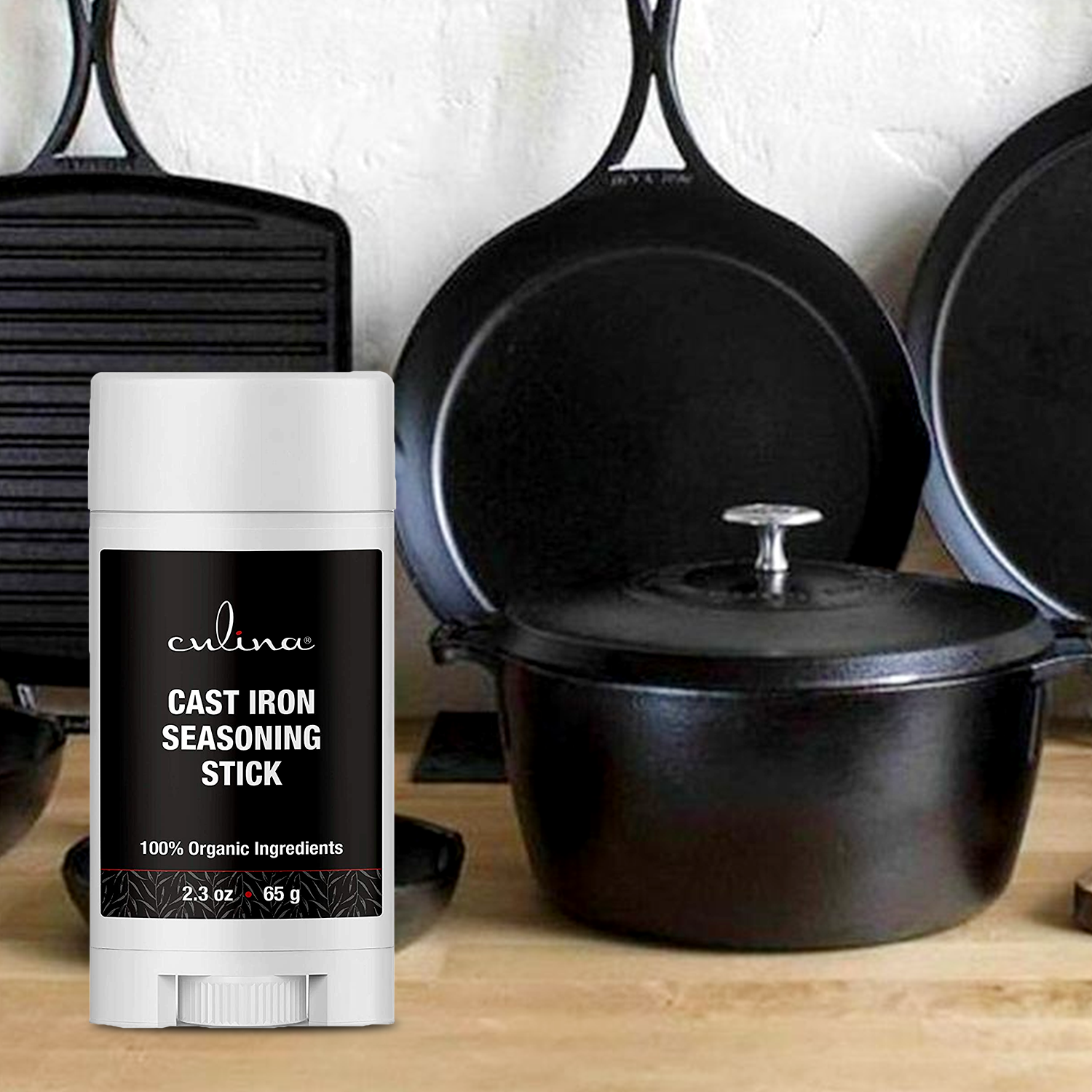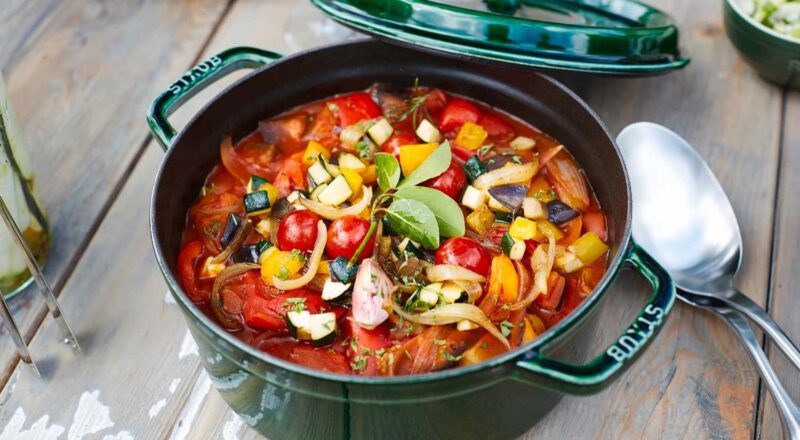Are you a cooking enthusiast or a professional wondering how to store a Dutch oven properly? Youve come to the right place! Ensuring your Dutch oven’s longevity and performance requires a little more attention than simply pushing it to the back of your cupboard.
Understanding the right storage technique is essential to preserving its quality. This article will provide you with well-structured, simple yet comprehensive guidelines on how to store a Dutch oven that will keep it in terrific condition for years to come. Let’s delve into this delightful topic and uncover the secrets to proper Dutch oven storage.

The Importance of Proper Storage
Properly storing your Dutch oven isn’t just about keeping your kitchen organized; it’s crucial for maintaining the pot’s integrity and performance. Improper storage may lead to damages such as chipping or rust, which can affect the cooking quality of your Dutch oven.
Advantages of Correct Storage
- Prevents damage
- Prolongs lifespan
- Maintains functionality

Cleaning Before Storage
Before you store your Dutch oven, its vital to clean it properly. Any residue left can lead to rust or contamination. Heres how you can clean it effectively:
Step-by-Step Cleaning Guide
- Remove left-over food
- Use a gentle brush
- Avoid harsh detergents
- Dry thoroughly
For a more detailed cleaning guide, you can refer to this valuable resource on how to properly clean Dutch oven.

Choosing the Right Storage Location
Avoid Damp Areas
One of the key factors in storing your Dutch oven is to avoid damp areas which could cause rust to form over time.
Adequate Space
Ensure enough space to avoid knocking or dropping, which could chip the enamel.
Using Protective Covers
Investing in protective covers or keeping it in the original packaging can add a layer of protection.
Types of Covers
- Fabric covers
- Padded covers
- Silicone covers
Seasoning Cast Iron Dutch Ovens
If you have a cast iron Dutch oven, seasoning it before storing is a great way to protect it. Seasoning involves applying a thin layer of oil and heating to create a protective coating.
Steps for Seasoning
- Clean thoroughly
- Apply oil
- Heat in the oven
- Repeat if necessary
Avoid Stacking Heavy Items
Stacking heavy items on top of your Dutch oven can cause it to warp or damage. Ensure its stored where nothing heavy will be placed on it.
Use Kitchen Towels Inside the Oven
Placing kitchen towels inside the oven can help prevent moisture build-up and maintain its condition.
Steps
- Clean the oven
- Dry completely
- Place kitchen towels inside
Storage for Different Brands
Le Creuset
Le Creuset Dutch ovens often come with specific storage recommendations, including avoiding stacking.
Lodge
Lodge cast iron Dutch ovens benefit from seasoning before long-term storage.
Seasonal Storage
If you use your Dutch oven seasonally, its important to store it even more carefully.
Steps for Seasonal Storage
- Clean properly
- Season if needed
- Store in a dry place
Rotating Your Dutch Oven
Periodically rotating the position of your Dutch oven can ensure even wear and prevent any form of damage due to prolonged pressure on one spot.
Why Rotate?
- Even wear
- Prevents pressure
- Prolongs life
Common Mistakes to Avoid
Overlooking Cleaning
Neglecting to clean before storage can lead to rust and contamination.
Improper Storage Environment
Storing in a damp or cluttered area can damage your Dutch oven.
Link title
Faq Section
Q: How do I prevent rust on my Dutch oven?
A: Clean and dry your Dutch oven thoroughly before storing it. Avoid damp storage locations.
Q: Can I stack other items on my Dutch oven?
A: It is not advisable to stack heavy items on your Dutch oven as they may cause damage.
Q: What type of cover should I use for my Dutch oven?
A: Use fabric, padded, or silicone covers to add a layer of protection.
As an Amazon Associate, I earn from qualifying purchases.

